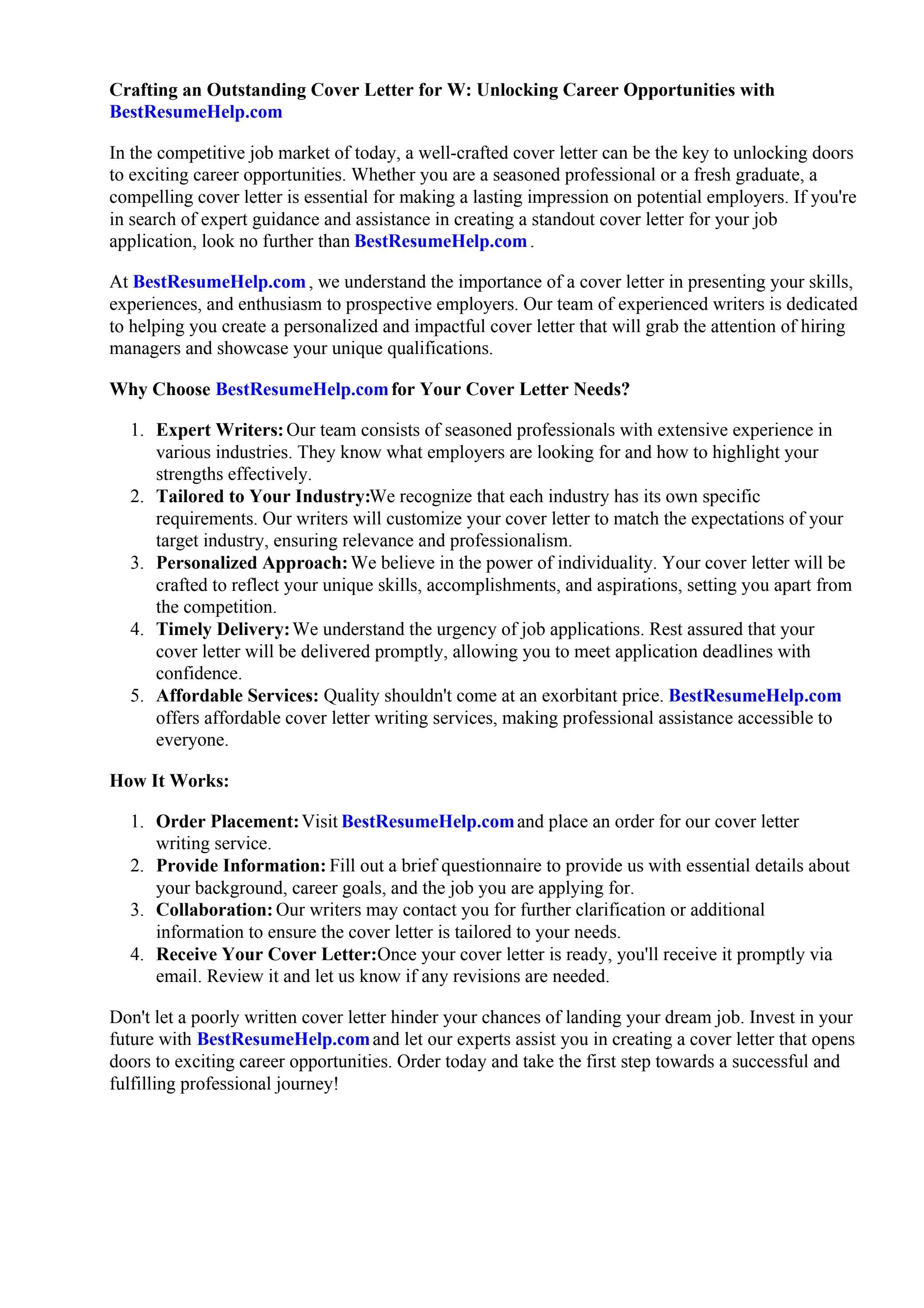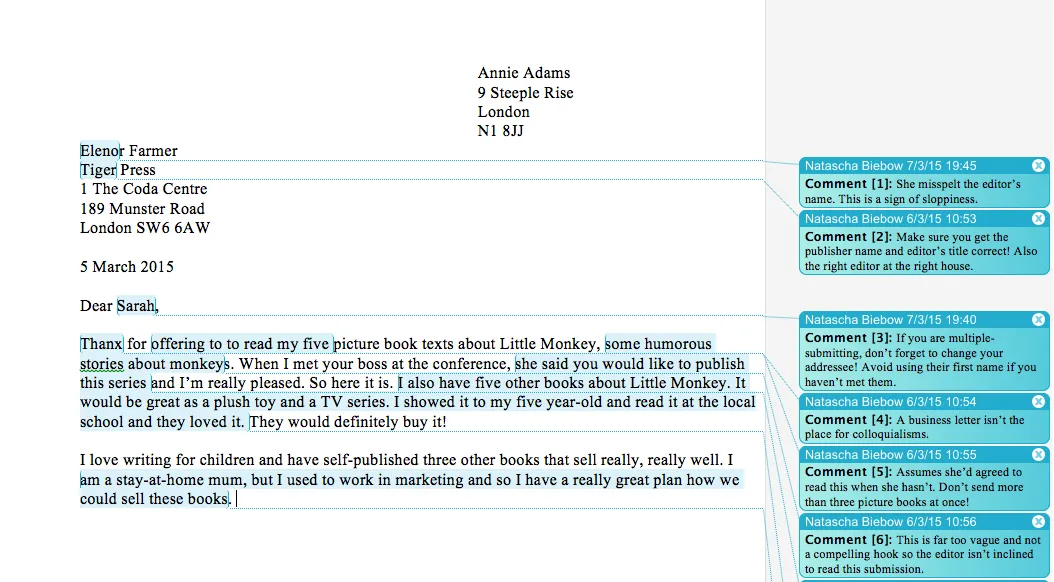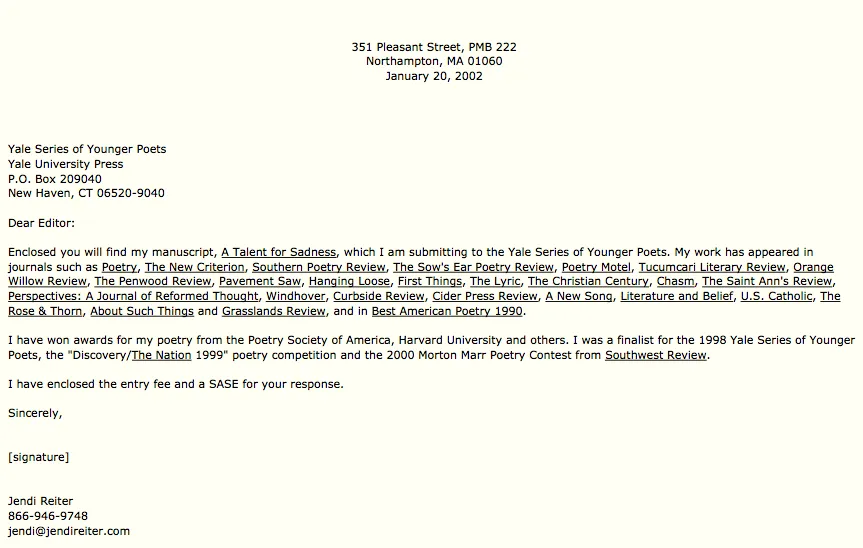Why a Strong Cover Letter Matters
Your book submission cover letter is your first and often only chance to make a strong impression on a literary agent or publisher. It’s your introduction, your sales pitch, and your opportunity to convince them that your manuscript is worth their time and attention. Think of it as the key that unlocks the door to potential publication. A well-crafted cover letter showcases your professionalism, your understanding of the publishing industry, and, most importantly, the compelling nature of your book. It goes beyond simply summarizing your story it highlights what makes your manuscript unique and why it deserves to be read. In a competitive market, a compelling cover letter can be the difference between rejection and representation. A poorly written or generic cover letter can immediately land your manuscript in the slush pile, so it is vital that you invest time and effort in crafting a cover letter that effectively captures the attention of the agent or publisher and compels them to read your work.
What to Include in Your Cover Letter
A compelling cover letter typically includes several key components, each designed to grab the agent’s or publisher’s attention and pique their interest. Begin with a personalized greeting, addressing the recipient by name if possible and showing that you’ve done your research. Briefly introduce yourself, mentioning your name and the title of your manuscript. Next, clearly state the genre of your book, as this immediately helps the recipient understand the type of project you’re offering. Following this, a concise hook to capture their interest, highlighting the most captivating aspects of your story. Include a brief synopsis, providing a tantalizing overview of your plot, characters, and key themes without giving away the entire story. Briefly explain why this book is important and can succeed in the marketplace. It’s crucial to detail your target audience, specifying who the book is intended for. Finally, mention the word count, which gives the agent or publisher an idea of the book’s length and helps them assess its suitability.
Your Book’s Hook

The hook is the most critical part of your cover letter. It’s the initial sentence or two designed to grab the agent’s or publisher’s attention immediately. It’s your first and possibly only chance to make a strong first impression. Think of your book’s hook as a teaser trailer for your story. This is where you must showcase the most compelling aspect of your manuscript to make them want to read more. This could be a gripping plot point, a fascinating character, or a unique aspect of your story’s world. The hook should be concise, punchy, and evocative. It should provide a sense of the tone, genre, and overall appeal of your book, without giving away too much of the plot. Make sure the hook aligns perfectly with the genre and target audience, and it should immediately indicate what makes your manuscript stand out from the crowd. A great hook promises a story that is interesting and well-written, sparking their curiosity.
Synopsis and Selling Points
After hooking the reader, you’ll need a brief synopsis of your book. It should provide a concise overview of the story, key characters, and main themes, but it should avoid giving away the entire plot. Aim for a synopsis that is engaging and compelling, enough to make the agent want to read the entire manuscript. The synopsis should highlight the conflict, stakes, and overall narrative arc of your story. However, it should not be overly detailed or lengthy. Your goal is to give the agent a clear understanding of what your book is about and how it will engage the reader. Also, focus on the selling points. What makes your book unique and marketable? Is it a fresh take on a familiar genre, a new voice, or an original idea? Identify these key selling points and weave them into your cover letter, highlighting what sets your manuscript apart from others. This will make your manuscript attractive to agents.
Target Audience and Market Analysis
Publishers and agents need to understand your target audience. Who are you writing for? Provide specifics about the demographics, interests, and reading habits of your intended audience. This shows that you understand your book’s potential market and have thought about who is most likely to read and enjoy your book. Also, conduct some basic market analysis. Are there similar books in the market? What is unique about yours? Mention comparable titles to give the agent or publisher an idea of your book’s place in the current market and to highlight its potential for success. You should know what your competition is doing. Identify any gaps or opportunities in the market that your book can fill. Demonstrating your awareness of the publishing landscape shows your book has potential, which is very important for the agent.
Author’s Credentials and Platform

Include relevant information about yourself. This can involve any writing credentials, such as previous publications, awards, or relevant experience that demonstrates your writing ability and expertise. If you have a platform such as a website, social media, or email list, mention them. Agents and publishers are often interested in authors with a built-in audience. This doesn’t mean you need to be a social media star, but any existing platform demonstrates your ability to reach potential readers. Highlight any special qualifications or experiences relevant to your book’s topic. This might include any research, expertise, or personal experiences that lend credibility to your writing. It will make your manuscript more interesting for the agent or publisher.
Formatting and Tone
When crafting your cover letter, it is important to pay attention to formatting and tone. Use a professional and formal tone throughout. Avoid slang, overly casual language, or anything that might be seen as unprofessional. Keep your cover letter concise and to the point. Aim for a single page. Respect the agent or publisher’s time. Proofread your cover letter carefully for any errors in grammar or spelling. Typos can detract from your credibility, so ensure that your cover letter is polished and error-free. Tailor your cover letter to each recipient. Avoid sending a generic cover letter to multiple agents or publishers. Take the time to research each recipient and personalize your letter to their specific interests and preferences. Addressing them by name, mentioning specific books they’ve represented, and highlighting why your book is a good fit for them are crucial.
Polishing Your Cover Letter
After you’ve written your cover letter, you should take the time to polish it to ensure it’s the best it can be. After finishing the first draft, put it aside for a day or two and then come back to it with fresh eyes. This will allow you to catch any errors or areas for improvement that you might have missed. Ask someone else to review your cover letter. Another pair of eyes can catch mistakes you might have missed and provide valuable feedback. They can also assess whether your hook is compelling and if the overall tone is professional and engaging. Check the cover letter for clarity, conciseness, and impact. Ensure every sentence serves a purpose and that your message is clear and easy to understand. Make sure the cover letter is as impactful as possible. This means reviewing the language, making sure the tone is appropriate, and that it accurately reflects your manuscript. Revising and refining your cover letter is a crucial step in the submission process. It can make the difference between a positive response and rejection.
